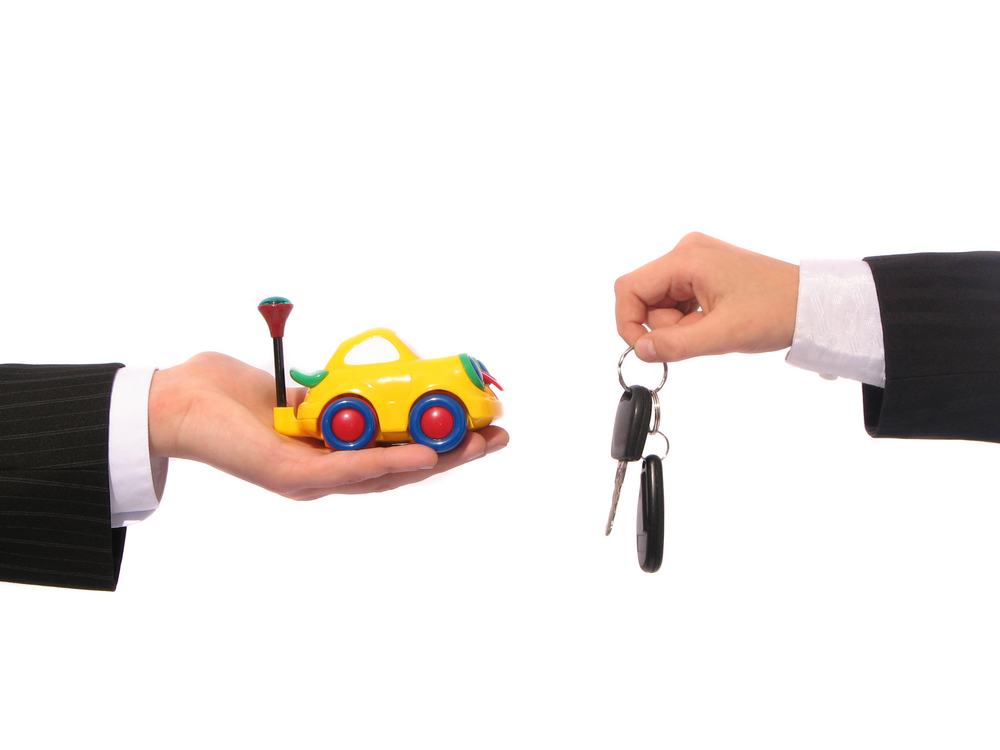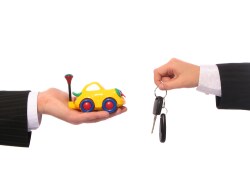When news got out a few weeks ago that car-rental company Avis had purchased the popular car-sharing service Zipcar, many reacted warily, wondering if the deal would kill Zipcar’s grassroots ethos. Others found such negativity overblown, calling the move not only unsurprising but smart, on both Avis’ and Zipcar’s parts. Whatever the future of Zipcar (and it’s hard to imagine Avis changing its model in any significant way), it’s undeniably helped us reimagine our relationship with cars – and maybe, at the same time, with our neighbors, too.
Over the 13 years since Zipcar’s founding, more of us have realized that the mobility we desire doesn’t require owning a car. In fact, for many of us city dwellers, especially young, single, and/or not-very-high-income ones, a car can be more of a burden than a convenience, once you factor in the price of gas and insurance and the hassle and expense of finding parking.
That doesn’t mean that we have no use for driving, however. Whether you’re car-free by choice or by circumstance, you’ve no doubt experienced the occasional surge of longing for a vehicle, when it’s pouring rain and the bus is late, or when you realize, walking home from the grocery store with several heavy bags, that you vastly overestimated your own strength and stamina. Zipcar (and its earlier peers, like Flexcar, with which it eventually merged) showed us that you don’t need to own a car to use one. Cars, like bikes and buses, can be just another element of a multi-modal transportation system — a system that offers people a range of transit options and makes it easy to combine them.
“The U.S. has always been car-centric. I don’t see car-sharing itself changing that,” says Nick Cole, CEO of car2go North America, one of the latest companies to arrive on the sharing scene. “Not everybody’s going to be able to afford a car … but there’s going to be a need for this transportation.”
Zipcar saw that need and inspired a wave of other car-sharing operations to improve and build upon its model. Now we have Hertz on Demand, with no membership fees and a variety of cars to choose from; Enterprise CarShare, which offers custom programs for universities, businesses, and governments; BMW’s DriveNow, with its all-electric fleet; and now car2go, which lets users pay by the minute and doesn’t require them to return cars to a designated drop-off location.
Cole likens the service to iTunes’ once-innovative model of selling individual songs: “People don’t want to buy the whole album, they want to buy what they’ll listen to,” he says. Likewise, people don’t want to buy the whole car, they want to buy what they’ll drive. Perhaps Daimler, the German automaker that owns car2go, sees the writing on the wall when it comes to car culture, and is adjusting — and profiting — accordingly, just as Apple did after Napster first turned the music industry on its head.
But these corporate car-sharing services, though positive steps toward reducing emissions and dependence on car ownership, are only nominally about “sharing.” They’re really just a more streamlined version of car rental, with better apps and more options for pickup and drop-off. The bigger impact Zipcar and its brethren have made is empowering true peer-to-peer car-sharing services, like RelayRides, Getaround, and SideCar, which allow car owners to rent out their vehicles when not in use. These operations don’t put any new vehicles on the road, and they funnel money back into the community by turning would-be car buyers into renters helping offset their neighbors’ car payments and insurance bills. They also address what Alex Steffen calls “surplus capacity” — the amount of time a perfectly good object or appliance sits idle — among existing individually owned cars, saving resources down the road.
As of last July, for-profit car-sharing services made up half of the operations in the U.S., but accounted for 95 percent of members, according to Susan Shaheen, director of Berkeley’s Transportation Sustainability Research Center. A model like car2go offers an easier entrée into the world of car-sharing than a peer-to-peer service does; despite the background checks and insurance required by those services, many Americans inherently trust a corporate-controlled operation more than the generosity of strangers (which, if you think about it, is a little fucked up).
As consumers begin to see how technology, especially mobile technology, makes sharing between strangers easier and safer, however, peer-to-peer services could begin to catch up to their corporate counterparts. Getaround co-founder Jessica Scorpio told the Wall Street Journal, “We signed up 10,000 car owners in a year and a half, and it took Zipcar 12 years … We’re using existing surplus, and we have a whole community supporting each other.”
For all the hand-wringing over the web’s destruction of social intimacy, sharing economies at their core still rely on community trust; technology simply expands that community beyond the block party or local bulletin board. The same principle is at play even with a sleek service like car2go, Cole says: “There’s a sense of community with car sharing. Your neighbor may drive that car.”
It might seem silly, to those who remember the mythical, halcyon days of unlocked doors and borrowed cups of sugar, that my generation would see using car2go or Getaround as less weird than simply knocking on a neighbor’s door and asking to borrow her car. But I wonder if the web-fueled growth of sharing economies could start to restore our faith in basic human decency, online and IRL. (That’s “in real life,” for you old codgers.) Sure, having an invisible third party vetting members virtually takes away the hard and uncertain work of building trust face-to-face. But it also shows us, much faster than we could find out for ourselves, just how many people out there we can trust.
In the internet’s earlier days, it was often touted (or derided) as a way for people to escape their realities, to connect with like-minded folks thousands of miles away, sometimes at the expense of in-person relationships. Now, maybe it’s coming full circle — revealing like-minded and decent people right in our own backyards, people happy to lend a cup of sugar or their cars, regardless of whether the transaction takes place online or on the front porch.






